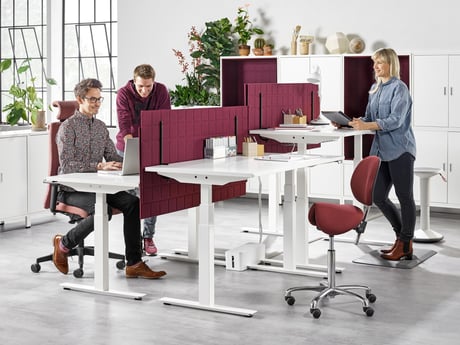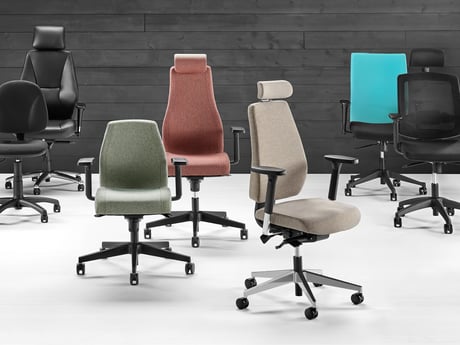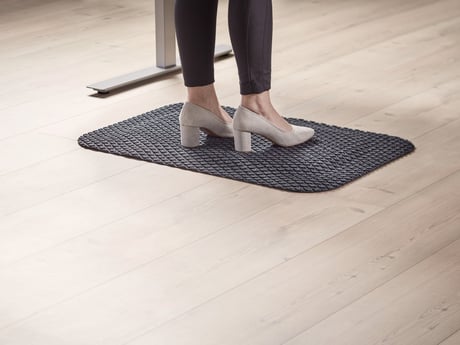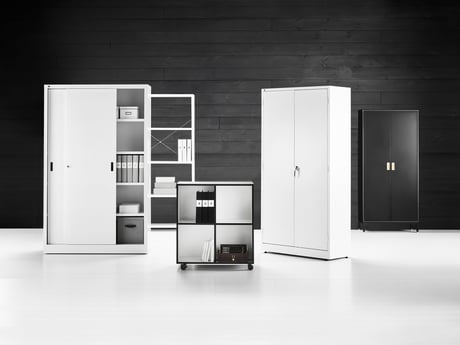Tips for Improving Rack and Shelving Safety
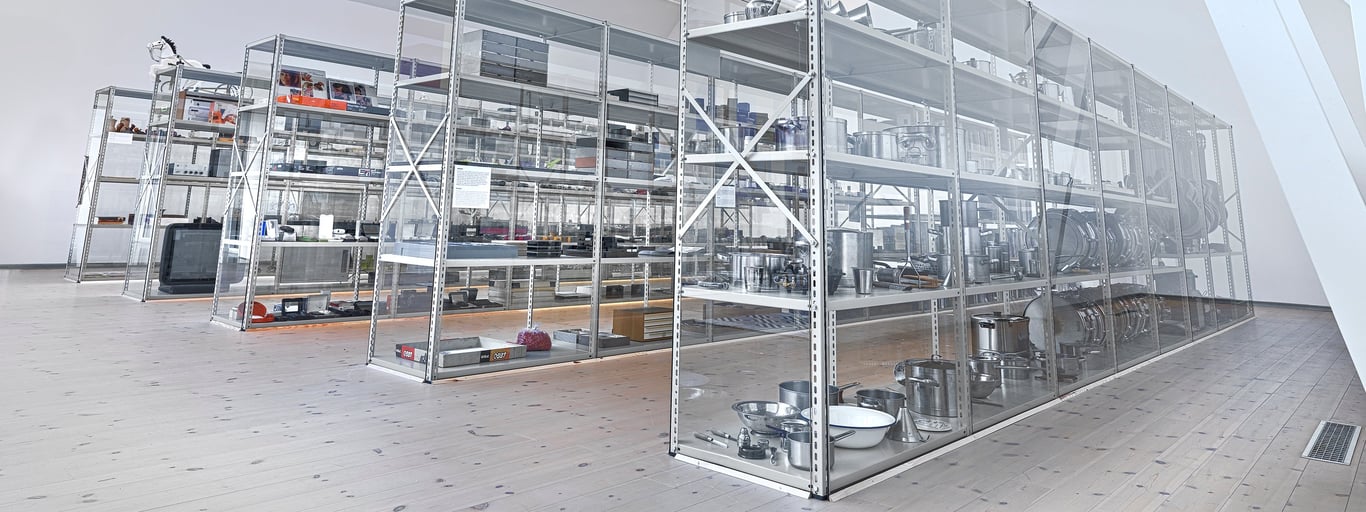
Warehousing is an important part of any logistics system and logistics are integral to the supply chain. Warehouses are more than a place to store inventory and stock, they have a significant impact on a business’s ability to deliver its product or service. If a warehouse is poorly organised it will take longer for products to be retrieved, which can cause delays in delivery. Errors may be made in product selection and the customer will end up with an incorrect product.
Rack shelving systems help organisations make optimal use of space and keep inventory organised. These systems are heavy industrial metal shelves that may hold dangerously heavy inventory. If the inventory is not properly organised or the shelves are not properly maintained, it can lead to accidents in the warehouse. These accidents may not only damage the goods but, more importantly, can also injure employees. Shelving collapse is rare but when it occurs it can have disastrous consequences. Mentioned below are a few tips to improve rack and shelving safety.
Training
Employees working with shelving racks should be properly trained. Racks are designed to hold specific loads. In a functioning warehouse, the inventory is not simply loaded onto the racks and then left to sit. Employees will be moving in and out of the racks with their forklifts, removing, moving and restacking loads. This creates the potential for accidents. A load may be incorrectly placed, a rack may get overloaded, the forklift might bump into the rack, etc. This is why it is important for employees to be trained. They should be made aware of load tolerances and safe navigation practices.
Selecting the right racking
There are a variety of shelves available on the market. Racks are designed for specific functions and to hold particular kinds of inventory. For instance, a carton flow rack is meant to be used for light cartons and presents pickers with slightly angled, horizontal columns of boxes that automatically move goods to the front of the shelf for picking. Businesses should analyse their needs before investing in a warehouse shelving system.
Adapting the storage to your needs
Racking and shelving units are designed with a certain amount of flexibility. The height of the shelves may be adjusted. Modular shelving units allow businesses to add additional units to the existing shelves. However, changing the beam level of a rack will affect the overall integrity of the frame and could change the load carrying capacity of the unit. Organisations should consult with an expert before making any adjustments to their shelving units.
